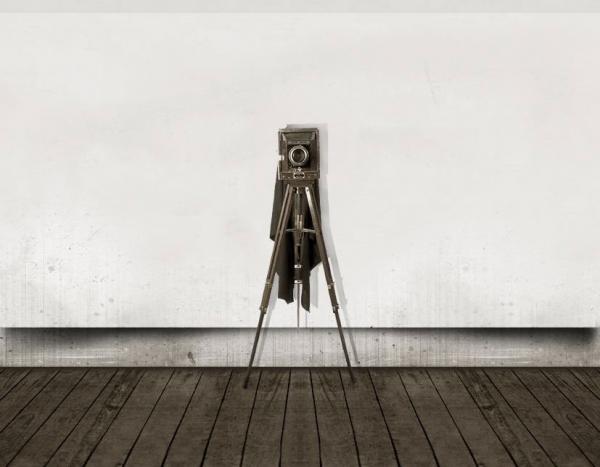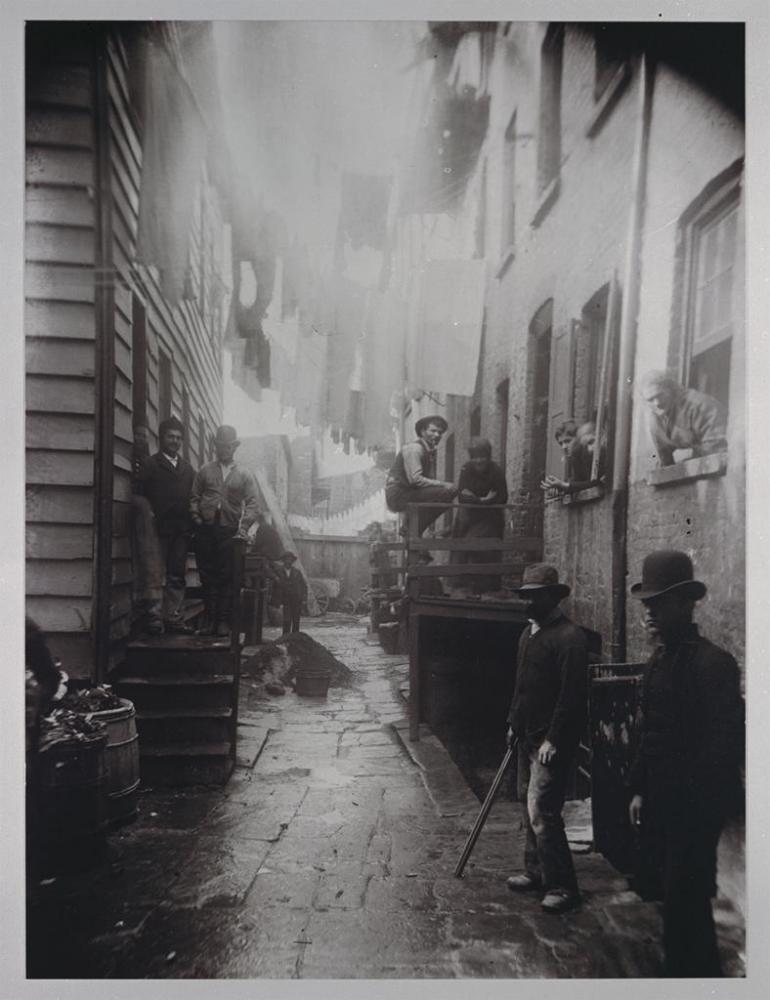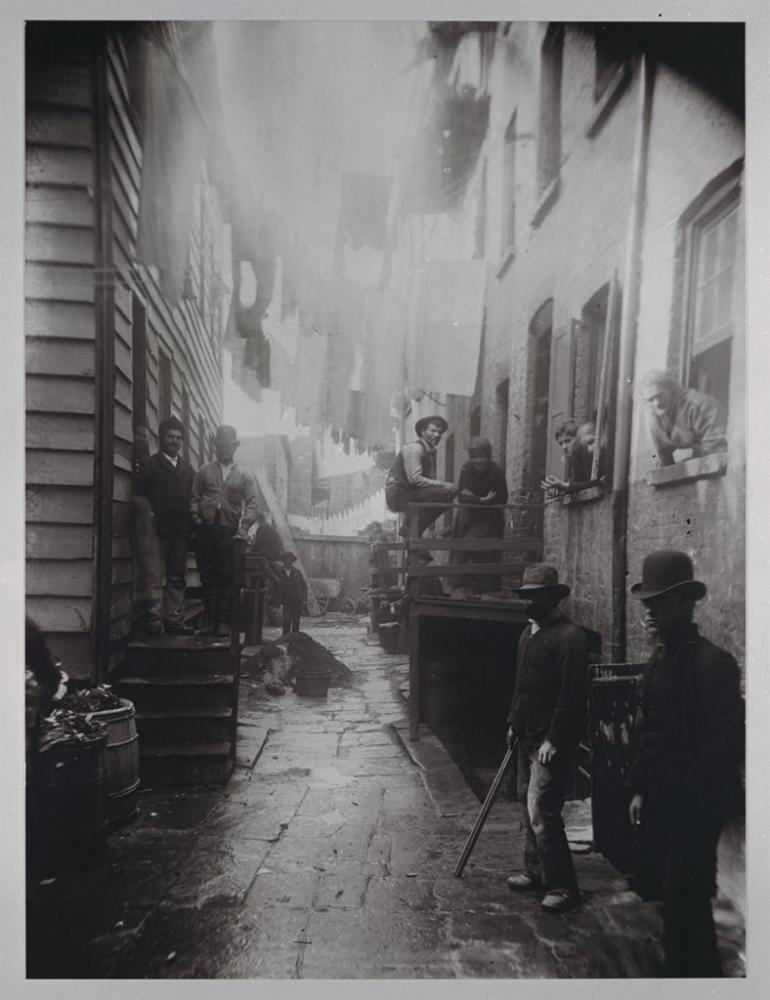Jacob Riis and the Other Half

Credit: Lisa Xie, Jacob Riis and the Other Half

Credit: Lisa Xie, Jacob Riis and the Other Half
Gilded Age New York was a city of divergent worlds. While industrialists like Cornelius Vanderbilt built opulent residences uptown and Edith Wharton observed the social mores of the Upper West Side’s fashionable elite, millions of immigrants from eastern and southern Europe flooded into lower Manhattan, crowding into squalid tenements and crime-ridden slums. What we know about the lives of the latter owes much to the work of Danish-born photo-journalist and social reformer Jacob Riis, who used the newly developed technology of flash photography to illuminate the conditions of the city’s poorest inhabitants.
Riis’ powerful photography and legacy is the subject of the new website “Jacob Riis and the Other Half” for which Lisa Xie, a senior at University High in California took home a top prize at the 2012 National History Day. Xie, who competed in the 9-12th grade division in the website category of the national competition, was one of 31 young historians to be named NEH scholars at the National History Day June 14 award ceremony.
By focusing on the work of a single influential activist, Xie’s website offers a sophisticated analysis of the complex issues of race, immigration, urbanism, and social reform. Xie combines 19th- and 21st-century media to demonstrate her thesis: that Riis’ innovative blend of journalism and activism helped reshape the conception of the modern city and inspired a new era of urban reformers.
Addressing the theme of the 2012 National History Day competition, “Revolution, Reaction, Reform in History” Xie examines the reforms prompted by Riis’ 1890 bestseller How the Other Half Lives such as the Tenement House Act of 1901 which mandated improved ventilation, lighting, toilet facilities, and fire safeguards for the city’s tenements. She compares the reactions these reforms provoked among various segments of society– from landlords and corrupt politicians who opposed changes to the status quo, from intellectuals who saw in Riis’ work a challenge to their theories of Social Darwinism, and from immigrants who found themselves displaced after the clearance of city slums.
Xie’s website explores Riis’ influence in his own time and beyond: how his work inspired contemporaries like writer Stephen Crane and Jane Addams, the founder of Hull House, and laid the groundwork for reformers, journalists, and documentarians such as Fiorello LaGuardia, Lincoln Steffens, and Dorothea Lange. Riis’ message remains relevant, concludes Xie, who visually pairs Riis’ shocking photos of 1880s poverty with images of similar conditions today.
Xie’s integration of well-researched visual and textual evidence demonstrates the unique effect that the medium of the website can have in bringing history alive. In essence, her website is not only an argument about the social reform movement sparked by Riis, but how modern media – whether photography or websites—can be harnessed to deliver a social message to a wide audience.
The National Endowment for the Humanities extends hearty congratulations to Lisa Xie and her fellow NEH scholars on their fine work and excellent National History Day projects.

